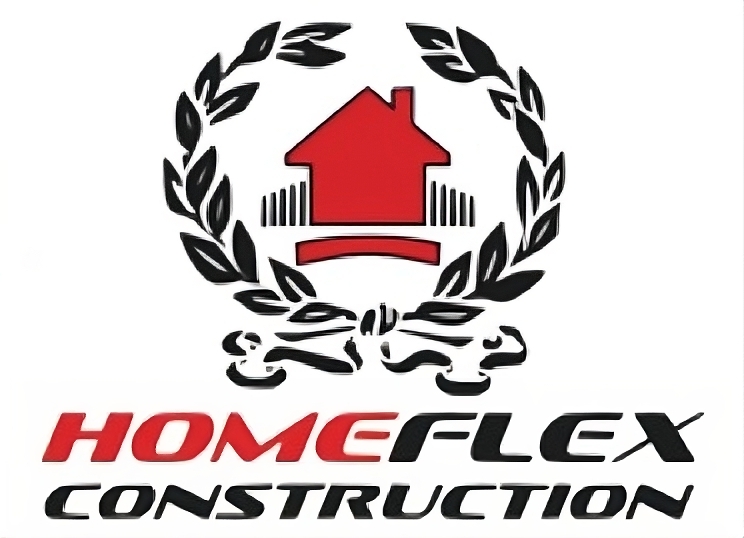In a city where buildings span centuries, masonry remains a critical part of New York City’s architectural charm and structural strength. But even the toughest brick, stone, or mortar is no match for time, weather, and urban stress. If you are a property owner in NYC, keeping your masonry in top condition means knowing what can go wrong and how to fix it before it becomes a major problem.
What NYC Property Owners Need to Know About Masonry Maintenance
From the Upper West Side to Brooklyn brownstones, masonry structures face specific challenges thanks to the city’s harsh climate, pollution, and constant movement. Here are the most common issues that affect NYC masonry and practical solutions to keep your walls, walkways, and facades looking great and functioning safely.
1. Cracked Bricks and Mortar Joints
Cracks are one of the most visible signs that something is wrong. They can be caused by settling foundations, temperature shifts, water intrusion, or simply age. Hairline cracks might seem minor, but they often allow water to seep in, leading to freeze-thaw damage in the winter.
How to Fix It: Small cracks can be filled with specialty masonry caulk or patching compounds. Larger or structural cracks may require tuckpointing, replacing damaged mortar, or even replacing individual bricks. Always inspect to ensure the issue is not caused by foundation problems.
2. Efflorescence on Brick Surfaces
Efflorescence looks like a white, chalky residue on brick or stone surfaces. It occurs when water inside the masonry draws salts to the surface as it evaporates. While mostly cosmetic, it indicates that moisture is moving through your walls, and that’s a bigger issue.
How to Fix It: Brush off the residue with a stiff brush and mild detergent. If it keeps coming back, you may need to improve drainage around the building or seal the masonry with a breathable, water-repellent coating.
- Spalling or Flaking Bricks
Spalling is when the surface of bricks flakes or peels off, exposing the inner layers. It is often caused by water damage and freezing temperatures. Left unchecked, spalling can lead to serious structural damage.
How to Fix It: Remove and replace any severely damaged bricks. Apply a sealant that prevents water absorption, and check gutters, downspouts, and roof lines for leaks that may be sending water down your walls.
4. Deteriorating Mortar Joints
Mortar holds your masonry together, but over time, it erodes and becomes powdery. In NYC, mortar decay is often caused by pollution, acid rain, and freeze-thaw cycles. Loose or missing mortar not only looks bad but also weakens the structure.
How to Fix It: Repointing is the go-to fix. This involves scraping out the old mortar and replacing it with new material that matches the original. Repointing is labor-intensive but essential for keeping historic buildings safe and sound.
5. Bulging or Bowed Walls
If your brick wall is bulging outward, it’s a sign of serious structural trouble. This issue often stems from prolonged water intrusion behind the wall or shifting foundations. It can lead to partial collapse if not addressed quickly.
How to Fix It: Have the wall assessed by a structural engineer. Repairs might include rebuilding the affected section or installing wall anchors and reinforcements to stabilize it. Waterproofing and drainage improvements are also critical to prevent recurrence.
Conclusion
Masonry is one of the most durable building materials, but even it needs regular maintenance and timely repair, especially in a city like New York. Cracks, bulges, and water damage might start small, but they can quickly grow into expensive headaches. By learning to spot the signs early and understanding how to fix them, you protect both your investment and your property’s safety.
At Homeflex Construction Corporation, we specialize in identifying and repairing all kinds of masonry issues across NYC. Whether you need a quick fix, professional repointing, or a full structural rebuild, we are here to help you keep your building standing strong for years to come.
